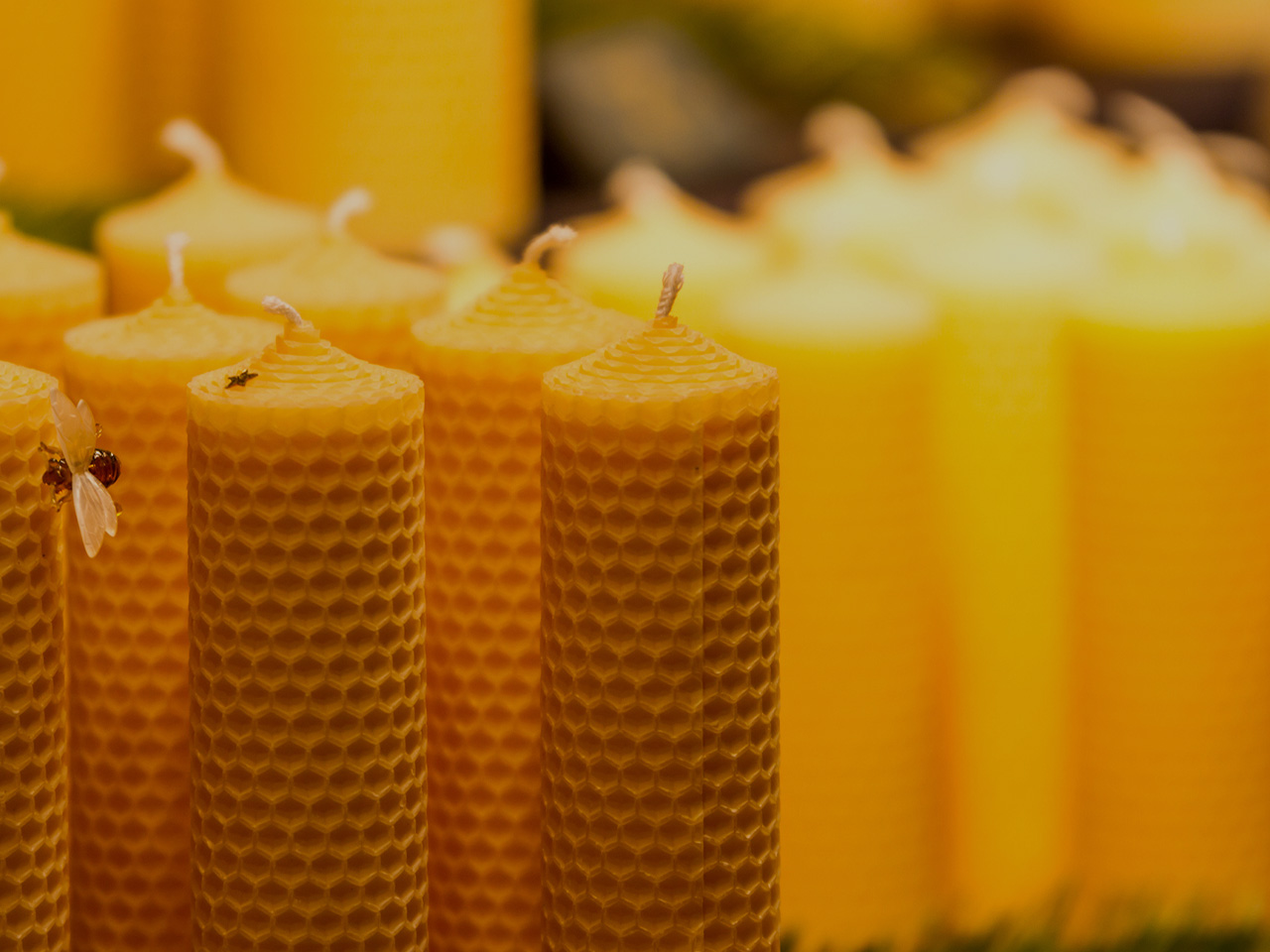

At room temperature carnauba wax has a weakly aromatic odor and a characteristic hay-like scent in the molten state 4. The European Food Safety Authority Panel noted that hydrocarbons would only constitute between 0.3 and 1% of the total composition of carnauba wax 3.Ĭarnauba wax is one of the hardest and highest-melting point natural waxes. Cinnamic aliphatic esters are described as consisting of p-methoxycinnamic acid and dihydric alcohols with even-numbered carbon chains from C24 to C34 2.

Αlpha-hydroxyl esters are described as consisting of straightchain hydroxyl acids with even-numbered carbon chains from C22 to C28, straight-chain acids with even-numbered carbon chains form C24 to C28, straight-chain monohydric alcohols with even numbered carbon chains from C24 to C34 and dihydric alcohols with even-numbered carbon chains from C24 to C34. Aliphatic esters are described by Joint FAO/WHO Expert Committee on Food Additives (JECFA) as consisting of straight-chain acids with even-numbered carbon chains from C24 to C28 and straight-chain alcohols with even numbered carbon chains from C30 to C34.
#CARNAUBA WAX FREE#
Carnauba wax is a complex mixture of compounds consisting mainly of aliphatic esters (wax esters), α-hydroxyl esters and cinnamic aliphatic diesters 2.Ĭarnauba wax also contains free acids, free alcohols, hydrocarbons and resins 2. Carnauba wax is obtained from the leaves of the carnauba palm by collecting and drying them, beating them to loosen the wax, then refining and bleaching the wax. Carnauba wax allergy What is carnauba waxĬarnauba wax also called Brazilian wax and palm wax, is a wax obtained from the leaf buds and leaves of the Brazilian Mart wax palm, Copernicia prunifera (Arecaceae), a plant native to and grown only in the northeastern Brazil 1.


 0 kommentar(er)
0 kommentar(er)
